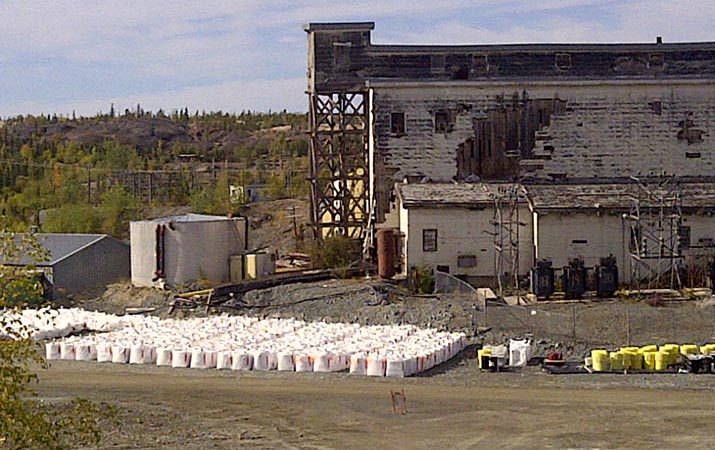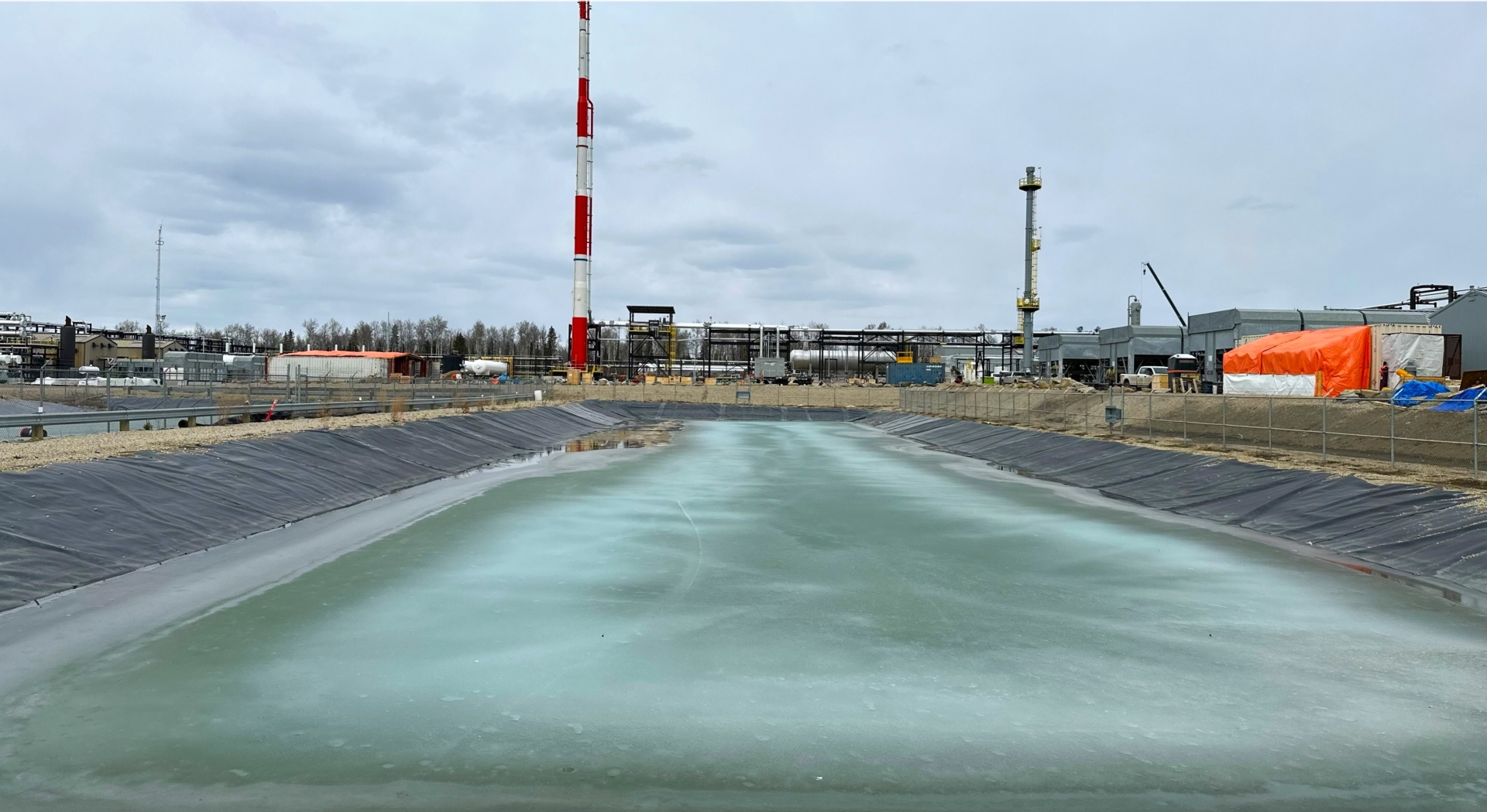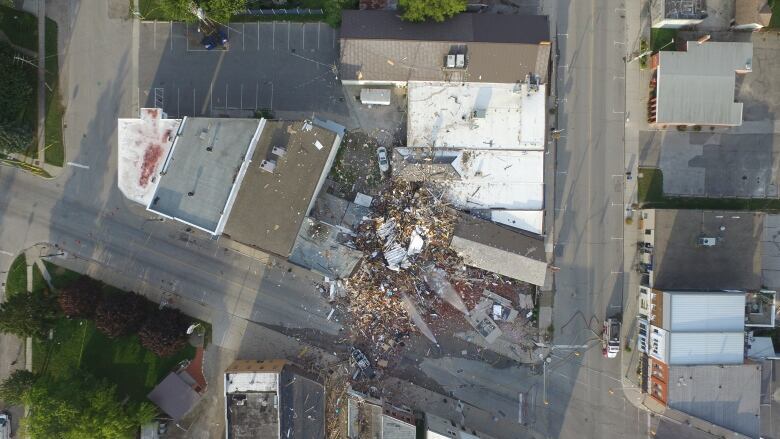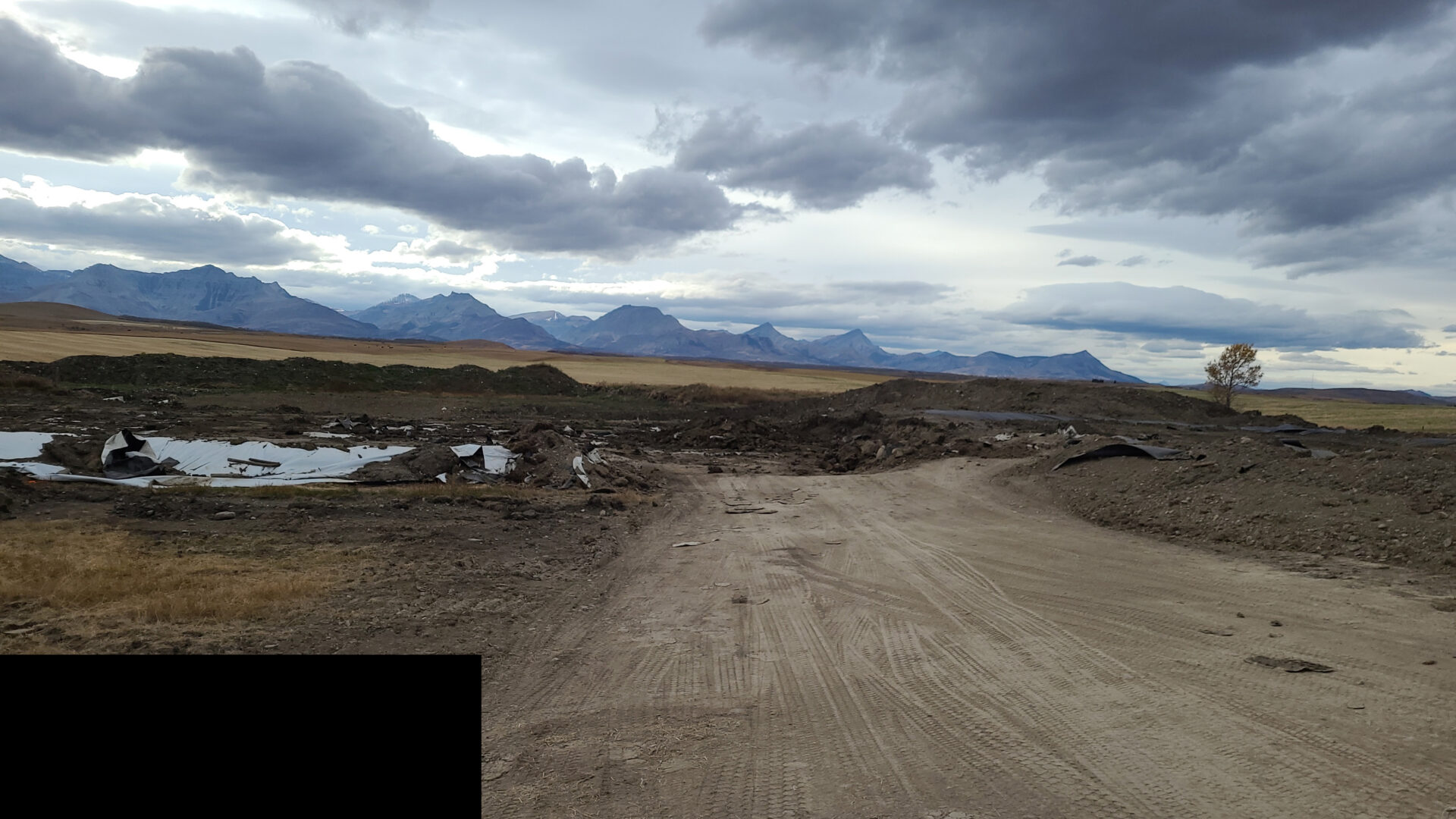At our environmental consulting firm, we’re always on the lookout for ways to enhance safety and performance. Recently, I’ve embarked on an eye-opening journey into Human and Organizational Performance (HOP). This framework has already provided invaluable insights into improving health and safety within our organization. Let’s dive into what HOP is all about and how it can benefit us all.
What is HOP?
HOP is a framework that focuses on understanding human behavior, organizational systems, and their interactions to influence performance, especially in safety-critical environments. It’s about recognizing that people are fallible and designing systems that can absorb these human errors.
Key HOP Principles
- Error is Normal: Mistakes happen, no matter how experienced or skilled someone is. This principle helps us create systems that are forgiving and resilient, anticipating errors and having safeguards to mitigate their consequences.
- Blame Fixes Nothing: When errors occur, it’s crucial to avoid finger-pointing. Blame doesn’t solve the problem; understanding and addressing the root causes do. By focusing on systemic issues rather than assigning blame, we can implement more effective and lasting improvements.
How Can Errors Help 360?
- Learning Opportunities: Mistakes are goldmines for learning. When we acknowledge errors without blame, we can analyze their root causes and prevent future occurrences.
- Addressing Systemic Issues: Often, mistakes signal deeper systemic problems. Tackling these underlying factors leads to more sustainable improvements.
- Personal Accountability: Recognizing mistakes doesn’t absolve individuals of responsibility. It means fostering a culture where everyone takes ownership of their actions and contributes to collective safety.
- Building Trust and Empathy: Understanding that everyone makes mistakes promotes empathy and support among team members, creating a culture of trust and mutual respect. This aligns perfectly with our Standards of Excellence—Trust Builds Candor & Candor Builds Trust.
The 4Ds: Asking Better Questions
To gain a deeper understanding of how work is truly done and identify potential risks, I’ve started asking the 4Ds:
- Dumb: What doesn’t make sense about the work we’re doing or how we’re doing it?
- Difficult: What tasks do you find hard to do well?
- Different: What has changed or is changing relative to how things are usually done?
- Dangerous: What feels risky about the work you do?
By asking these questions, I’m inviting candid and open conversations that promote a culture of continuous improvement.
Looking Ahead
Shifting from a traditional safety mindset to one grounded in HOP principles is a learning curve, but it holds great promise for creating a more robust, effective, and supportive safety culture. I’m excited to participate in communities of practice and incorporate HOP principles into our health and safety practices. By staying committed to this journey, I believe we will see significant benefits in both safety outcomes and employee engagement.
Let’s embrace this journey together for a safer, more effective work environment!
Thank you for reading,
Tina
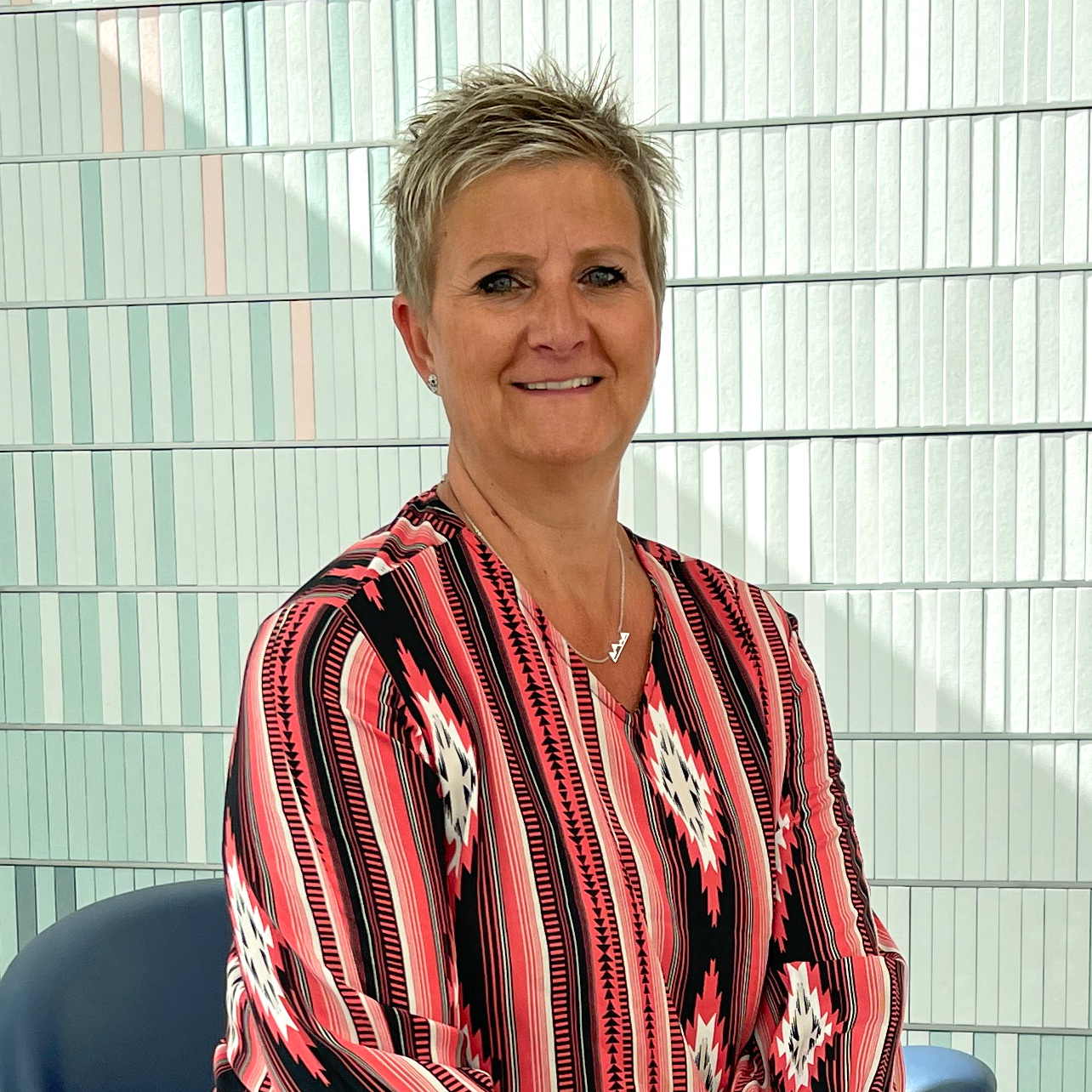
About the Author
Tina Hapienko, Director of Health & Safety
As an HSE leader with over 20 years of experience in Health, Safety and Environment, Tina advocates for practical safety programs and systems which allow for employee/contractor engagement. Tina specializes in HSE program development and implementation. She believes that HSE is driven by people and has a track record of leading collaboration with operations to institute control and remedial measures for hazardous conditions or equipment.









